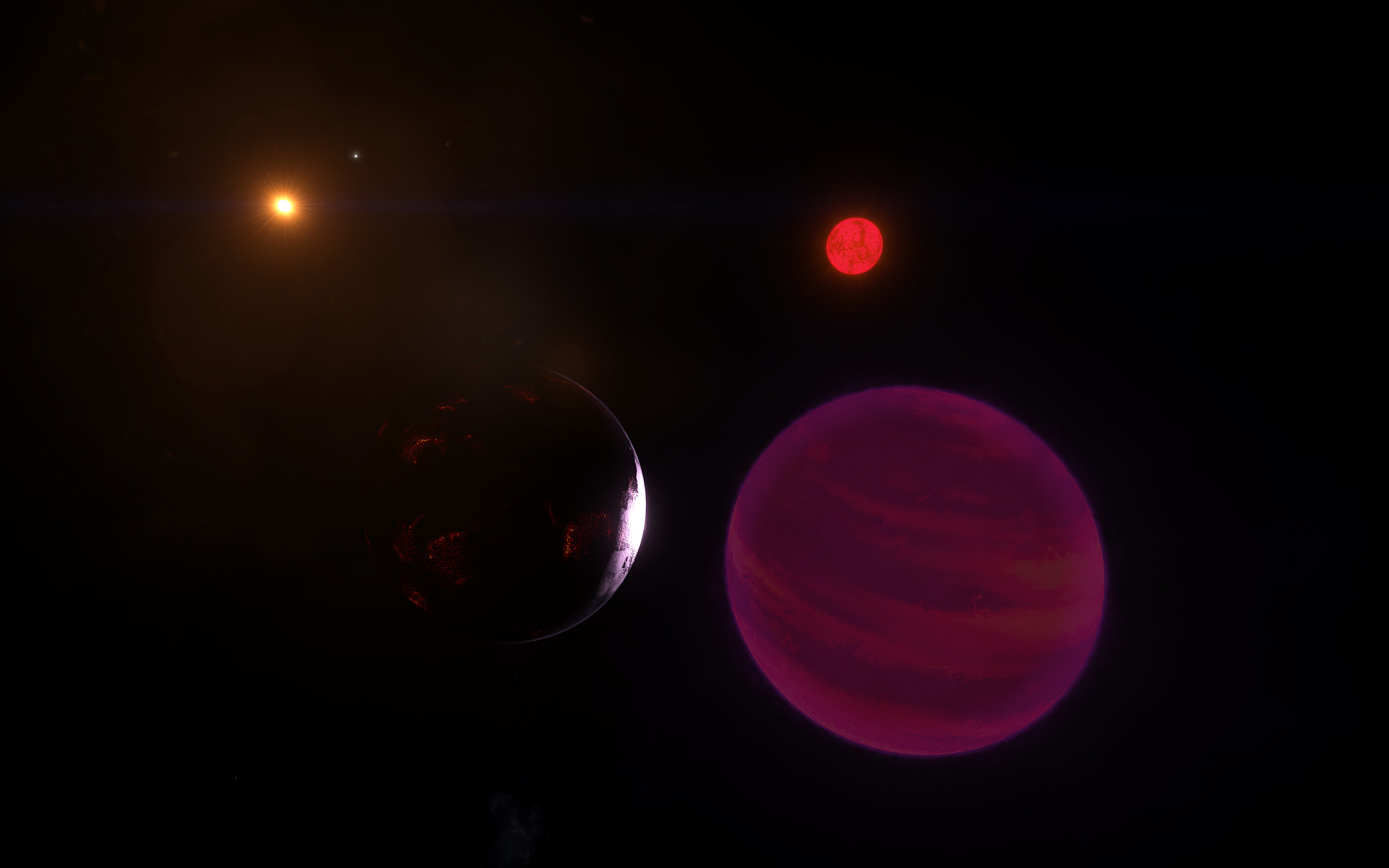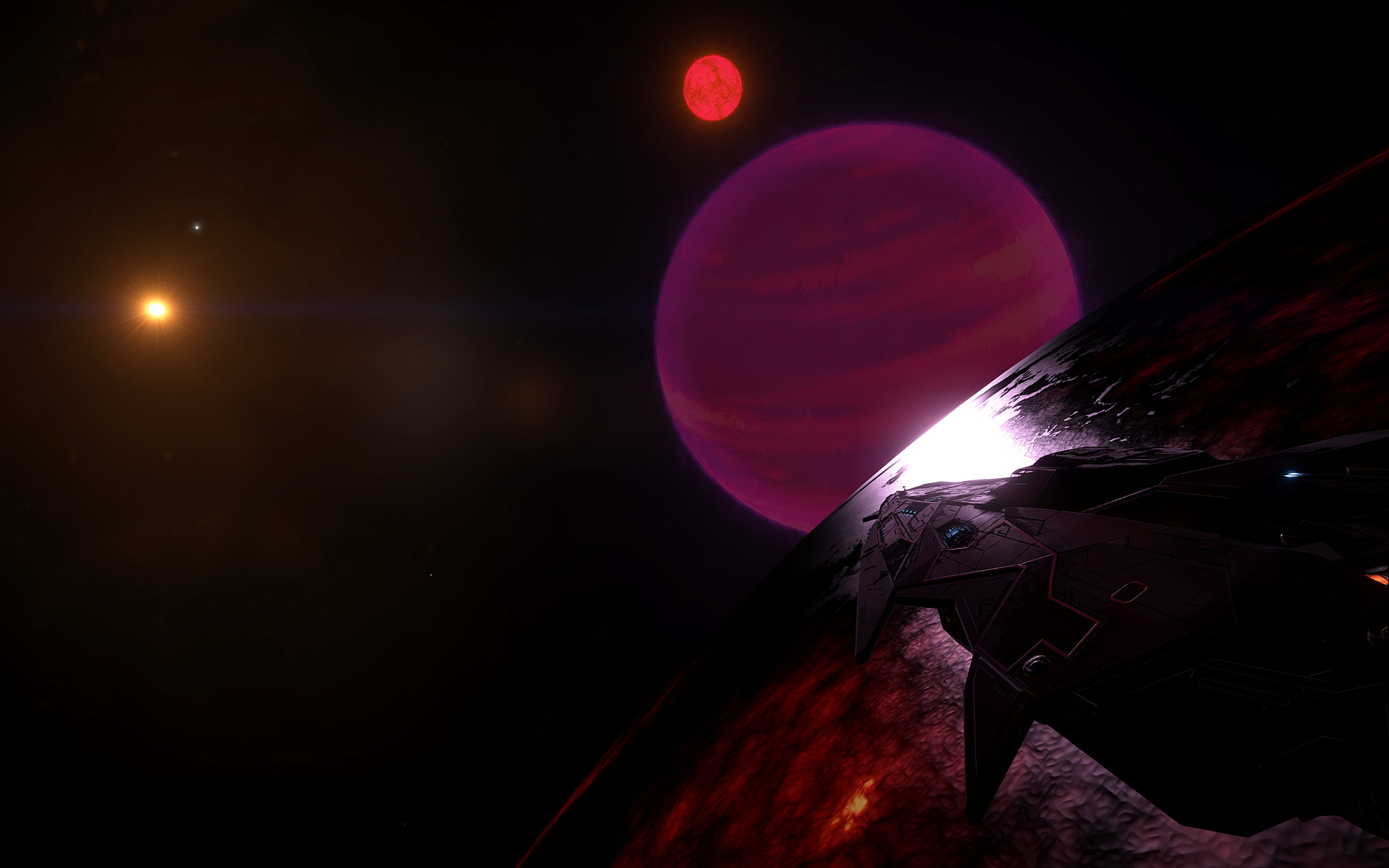Crossing the Void
17 Sep 2017Robert Phillips
After cruising around the Crab Nebula for a few days, it was time to move on. Unlike my previous trip to the galactic core, this trip was all about heading outwards, not inwards.I headed south. Past the Perseus Arm, past the Outer Arm Vacuus, and into the black until I literally run out of stars to jump to.
The trip is relatively unremarkable until you reach the Outer Arm Vacuus, a thinly populated region between the spiral arms of the galaxy. Here, stars are so thinly spread, only a ship with a jump range in excess of 50 LY has any hope of traversing through it.
This is where an explorer's skill is really tested. Auto-route plotting is not possible since most jumps exceed the ship's maximum range. For these, you have to perform manual jumps using synthesis to boost your jump range for a single jump.
These FSD boosts require several raw materials which I had been collecting over the past couple for months for just this occasion. With a level 3 FSD boost, my ship could make around 100 LY in a single jump.
However, even this was not possible between some star systems, and required me to jettison some fuel (by jumping back and forth between nearby stars to drain fuel) to make my ship light enough to increase my jump range by a few extra light years.
It became necessary to only refuel my tank up to 25% to ensure I wasn't carrying any extra unnecessary mass.
Finally, after dozens and dozens of well planned (and sometimes lucky) jumps, I was back into a more densely populated area of space where my route plotter resumed it's normal duties.
Around here I came across an interesting system: Pheia Euq RS-U d2-2. It is a ternary system with a primary Class M star (Pheia Euq RS-U d2-2 A), orbiting a Class L dwarf (Pheia Euq RS-U d2-2 B) and a Class T dwarf star (Pheia Euq RS-U d2-2 C). The neat thing about this system is how small it is. The stars all orbit within 150 LS of each other, making for some colourful celestial vistas in this otherwise dark region of space:


As you can see from the images above, Pheia Euq RS-U d2-2 C 1 orbits very close to it's host star. And with an orbital period of just under 5 hours, you can clearly see it moving with the naked eye.
